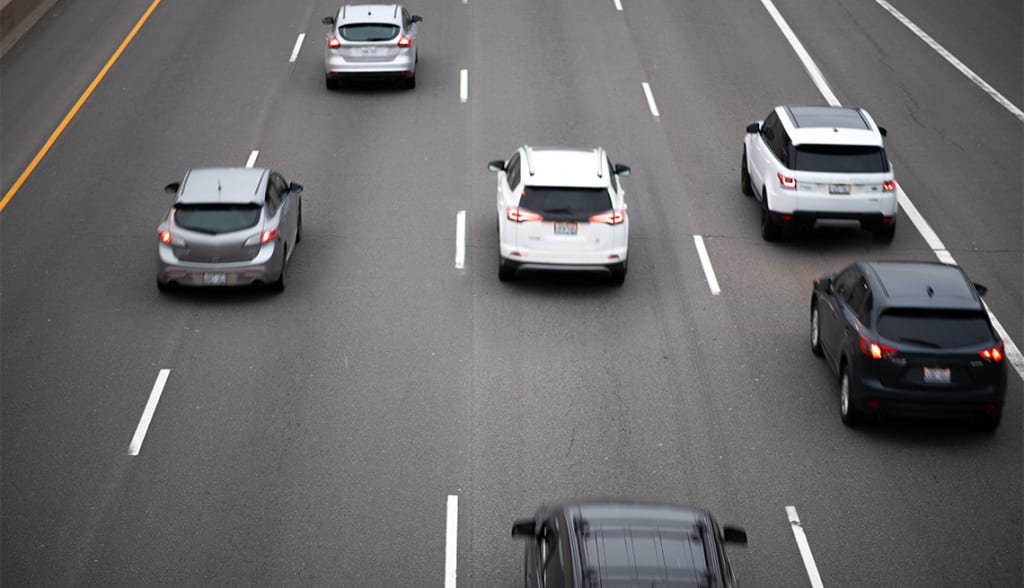The Speed Factor
How Different Environments Influence Driving Experience

Introduction:
When it comes to driving, speed plays a crucial role in determining our experience on the road. However, the effect of speed on driver perception and emotions can vary significantly depending on the environment in which we find ourselves. Whether driving on wide open roads, navigating narrow streets, or maneuvering through heavy traffic, each scenario presents a distinct set of challenges and emotions. In this article, we explore how people feel driving at different speeds on various types of environments and how these factors influence their overall driving experience.
The Thrill of Speed on Wide Roads:
Wide, open roads often provide drivers with a sense of freedom and exhilaration. When traveling at higher speeds in this environment, drivers may experience a surge of confidence and a heightened adrenaline rush. The expansive views, lack of obstacles, and the ability to maintain a consistent pace can create a sense of ease and enjoyment. However, it is crucial to remember that safety should always be a priority, and excessive speed on any road can increase the risk of accidents.
Navigating Narrow Streets: A Sense of Caution:
In contrast to wide roads, driving at high speeds on narrow streets can evoke a sense of caution and increased awareness. These roads often have limited space, sharp turns, and potential obstacles such as parked cars or pedestrians. In such environments, drivers may feel the need to reduce their speed to navigate safely and ensure they have enough time to react to unexpected situations. This heightened vigilance can induce a mix of anxiety and alertness, making the driving experience more focused but less relaxed.
Heavy Traffic: The Stress of Slow Motion:
Driving in heavy traffic is an experience that most drivers can relate to. In congested urban areas or during rush hour, speed becomes an elusive luxury. In such situations, the constant stop-and-go motion, frequent lane changes, and the presence of impatient drivers can lead to frustration, stress, and impatience. The lack of control over the driving pace, coupled with the added pressure to be mindful of surrounding vehicles, can elevate anxiety levels and make the driving experience less enjoyable.
Reverse Effects: The Impact of Speed Perception:
Interestingly, the influence of speed on driving experience can also work in reverse. In some situations, driving at slower speeds can provide a sense of comfort and control. For example, when navigating treacherous weather conditions or unfamiliar terrain, slowing down can instill a feeling of safety and help drivers maintain a better grasp of their surroundings.
Conclusion:
Driving experiences are highly subjective and can vary greatly depending on the speed at which we navigate different types of environments. While wide roads may offer a thrill of speed and freedom, narrow streets demand increased caution and concentration. Heavy traffic often brings stress and frustration, while slower speeds can promote a sense of safety. Recognizing and understanding these dynamics can help drivers adapt their behavior accordingly and make informed decisions that prioritize both their own safety and the well-being of others on the road. Ultimately, striking a balance between speed and environment is crucial to ensure a positive driving experience for everyone.





Comments
There are no comments for this story
Be the first to respond and start the conversation.